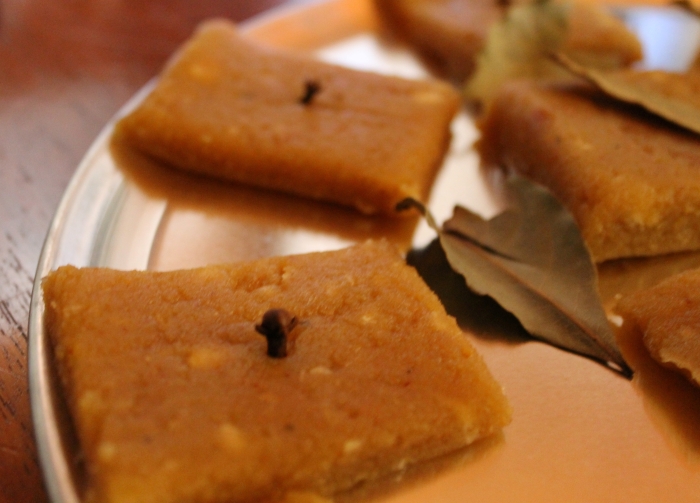In May, in between lockdowns I was able to attend my first medieval event in about four years, and it has inspired me to finally post some of the medieval recipes I’ve been working on. When we camp at events in the fourteenth-century ‘village’ breakfast is always a problem. Evidence for breakfast is patchy during the medieval period.

We know that some people certainly ate in the mornings but with ‘dinner’ the main meal of the day eaten mid-morning it can be difficult to know if references to breaking the fast refer to a separate meal or simply the first time people ate during the day i.e. at dinnertime. The first reference to breakfast in English recorded by the Oxford English Dictionary in 1463, when Sir John Howard recorded “exspensys in breffast” on a trip around Suffolk and Norfolk.[1] By 1478 the draft ordinance for the king’s household allowed for “a large breakfast” for the king, queen and anyone waiting upon them.[2]
Even for hard-core re-enactors, getting up at 5am to start cooking in order to serve the main meal of the day at 9 or 10am is a hard ask on a weekend. At public events, when one of the main goals is to show people medieval cooking techniques, it is also counter-intuitive to finish most of the cooking before the public have arrived on site. As a result, we normally eat our main meal later in the day, and our hungry peasants definitely require something to keep them going until then.
Then there is the issue of what foods to serve. I have searched high and low for breakfast in the late 14th and early 15th centuries but with limited success. The Franklin in Chaucer’s The Canterbury Tales (written c. 1387-1400) loves a “sop in wyn” in the morning – this is bread soaked in wine, possibly sweetened and spiced. The edition of household accounts of Dame Alice de Bryene from 1412-1413 translated by Marian Dale lists breakfast as a separate meal every day[3]. The accounts for breakfast are not separated from the other meals, but daily lists of ingredients suggest it would have been made up of bread, fish (fresh and preserved), meat, and ale/wine.
Across the 14th and 15th centuries, the most commonly mentioned foods for breakfast include salt fish, bread, beer and cheese. Fish and beer might work for some people but it is a hard sell for modern tastebuds, and difficult to make work for the range of modern dietary requirements we have on site.
One of the ways we deal with this is to make 14th century recipes that are more familiar as breakfast to people today, even though they were not necessarily eaten as breakfast in the past. This can include things like tostees dorees (often interpreted as an early version of French toast), pancakes, gruel or porridge.
Pour faire Tostees dorees, prenez du pain blanc dur et le trenchiez par tostees quarrees et les rostir ung pou sur le grail; et avoir moyeulx d’oeufz batuz et les envelopez tres bien dedans iceulx moyeulx; et avoir de bon sain chault et les dorer dedans sur le feu tant qu’elles soient belles et bien dorees et puis les oster de dedans la paelle et mettez es platz, et du succre dessus.[4] – Le Viandier de Taillevant (from a 15th century version, but the original was written c. 1300)
To make golden toasts, take hard white bread and slice it into squares and toast it a bit on a grill, and have beaten egg yolks and coat the toasts well. And have good fat hot and cook them in it on the fire until they are beautiful and golden, and then take them out of the pan and put them on plates, with sugar on top.
All of these dishes can also be livened up a bit with accompaniments. I’ve been playing around with some different fruit dishes to make breakfasts more interesting and to give some variation. Below you can see medieval crespes (crispy pancakes) with the chardewardon.

The Recipes
I’ve picked two recipes for stewed fruit to play around with. The nice thing about these is that they are very easy, but also scalable and pretty flexible when it comes to the type of sweetener, thickener and spices.
The first recipe for chardewardon, comes from a mid-fifteenth-century cookbook but appears in a number of versions in different texts. I have made it as a kind of applesauce, but with pears, so it is still quite runny. Some of the other versions mention cooking it in a coffin (pastry crust) to make a kind of pie, or making it like chardequince which is commonly understood to be more like quince paste, so there are lots of different ways you could make this. I made this a little too sweet, so have reduced the amount of sugar and honey here but sweeten it to taste.
Chardewardon – Take Pere Wardonys, an sethe hem in Wyne or in fayre water; þan take an grynd in a morter, an drawe hem þorwe a straynoure wyth-owte ony lycoure, an put hem in a potte with Sugre and clarifiyd hony, an Canel y-now, an lete hem boyle; þan take it fro þe fyre, an let kele, an caste þer-to ȝolkys of Raw eyroun, tylle it be þikke; & caste þer-to pouder Gyngere y-now, an serue it in manere of Fysshe;*. [For Rys; see Douce MS. No. 53, and the end of this recipe. A. also reads fische.] an ȝif if it be in lente, lef þe ȝolkys of Eyroun, & lat þe remenaunt boyle so longe tylle it be þikke, as þow it had be temperyd wyth þe ȝolkys, in þe maner of charde quynce; an so serue hem in maner of Rys.[5]
Take warden pears, and boil them in wine or in fair water; then take and grind them in a mortar, and strain them through a sieve without any liquid, and put them in a pot with sugar and clarified honey and enough cinnamon, and let them boil. Then take it from the fire and let it cool, then add raw egg yolks, till it be thick, and cast thereto powdered ginger, and serve it in the manner of fish [this seems to be a mistake, because the recipe continues with how to make it during lent and instructs you to serve it in the manner of rice]. And if it be in Lent, leave out the egg yolks, and let the remaining boil so long that it it is thick, as though it had been tempered with the egg yolks, in the manner of chardequince, and so serve it in the manner of rice.

For the second recipe, I chose a potage of prunes from Harley MS 5401 which is another fifteenth century manuscript with copies of fourteenth century recipes. Even though it is called potage of prunes, the instruction to rub/squeeze them well to wring out the juice makes it clear that we are dealing with plums and not prunes (dried plums) in the modern sense of the word. This came out beautifully, and had a lovely tartness to it in addition to the gorgeous colour. I will definitely be making this again.
Potage of Prunes. Recipe prunes & wesh þam clene & frote þem wele in a cop tyll þe juyse be wele wrong oute; þan do it in a pot & put þerto whyte grece & hony or sugure, & boyle it togyder, & þyk it with þe floure of rise or of wastylls. And when it is sothen dress it up in dyshys, & cast þeron powdyr of galingal, & serof it forth.[6]
Stewed Prunes. Take plums and wash them clean, and rub them well in a cup until the juice is well wrung out; then put it in a pot and put thereto white grease and honey or sugar, and boil it together, and thicken it with rice flour or breadcrumbs. And when it is softened put it into dishes, and cast thereon powdered galangal, and serve in forth.

[1] “Breakfast, n.,” in OED Online (Oxford University Press), accessed June 28, 2021, http://www.oed.com/view/Entry/22928.
[2] Alec Reginald Myers, The Household of Edward IV (Manchester: Manchester University Press, 1959), 204.
[3] Vincent B. Redstone, ed., The Household Book of Dame Alice de Bryene of Acton Hall, Suffolk : September 1412 to September 1413, with Appendices, trans. Marian Dale (Bungay: Paradigm, 1984), http://archive.org/details/householdbookofd0000unse.
[4] Thomas Gloning, “Taillevent, Viandier (Manuscrit du Vatican),” Justus-Liebig-Universität Gießen, August 20, 2000, https://www.uni-giessen.de/fbz/fb05/germanistik/absprache/sprachverwendung/gloning/tx/vi-vat.htm.
[5] Thomas Austin, Two Fifteenth-Century Cookery-Books : Harleian MS. 279 (Ab 1430), & Harl. MS. 4016 (Ab. 1450), with Extracts from Ashmole MS. 1439, Laud MS. 553, & Douce MS. 55 (London: Published for the Early English Text Society by N.T. Trubner & Co, 1888), 12, http://name.umdl.umich.edu/CookBk.
[6] Sam Wallace, “MS Harley 5401,” Justus-Liebig-Universität Gießen, September 4, 2011, https://www.uni-giessen.de/fbz/fb05/germanistik/absprache/sprachverwendung/gloning/harl5401/MS_Harley_5401_body_annotated.htm.
The Redactions
Chardewardon
1 pear
Enough white wine to simmer
1 tsp honey
1 tsp sugar
1/4-1/2 tsp cinnamon, or to taste
1 egg yolk
1/4 tsp ground ginger, or to taste
Peel, core and chop the pear then simmer it in just enough white wine to cover it. When it is very soft, mash it in a mortar then push it through a sieve (or use a food mill). Put back in the saucepan with honey and sugar to taste (I would start with about 1 tsp of each and go from there), and ground cinnamon, bring to the boil. Remove from the heat and allow it to cool (you don’t want to scramble the egg), then whisk in the egg yolk. Return it to the heat and cook gently until it is as thick as applesauce, then stir in the ground ginger.
Stewed Plums
5 plums, ripe but still tart
A large knob of butter
1 tbsp honey (ish) (or sugar)
2 tsp riceflour (ish) (or breadcrumbs)
Ground galangal and/or cinnamon/cloves/ginger
Wash the plums, then cut them in half and remove the stones. Mash the plums as best you can, then put them with their juice into a pot and add the butter and honey. Boil it together until the plums are very soft and falling apart (continue mashing as you go). Take a little bit of the liquid and whisk it into the rice flour, then stir this mixture into the rest of the plums. Bring to the boil and allow to thicken slightly. Season to taste with the spices you are using.













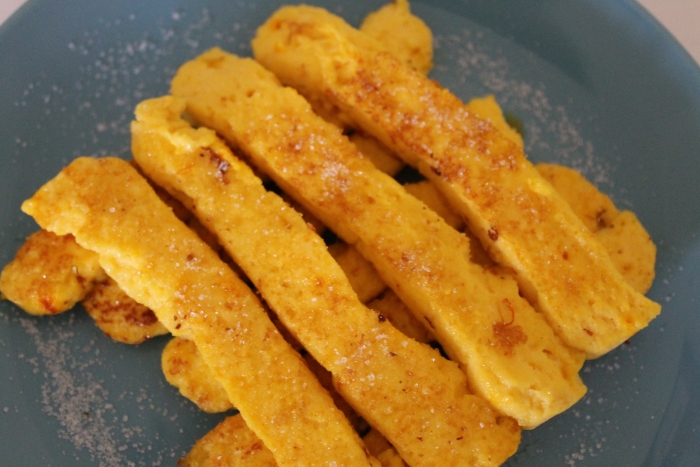
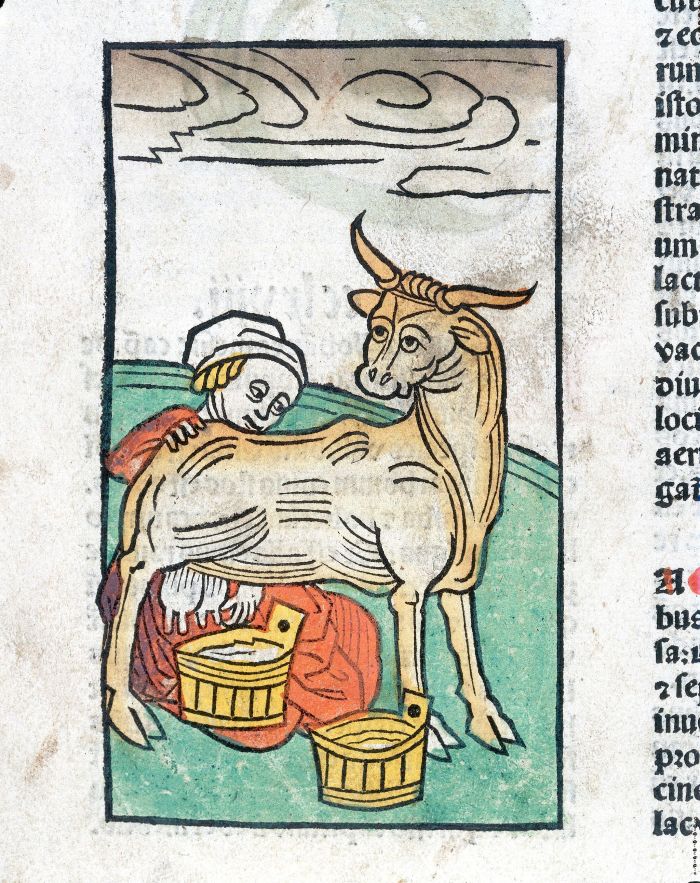
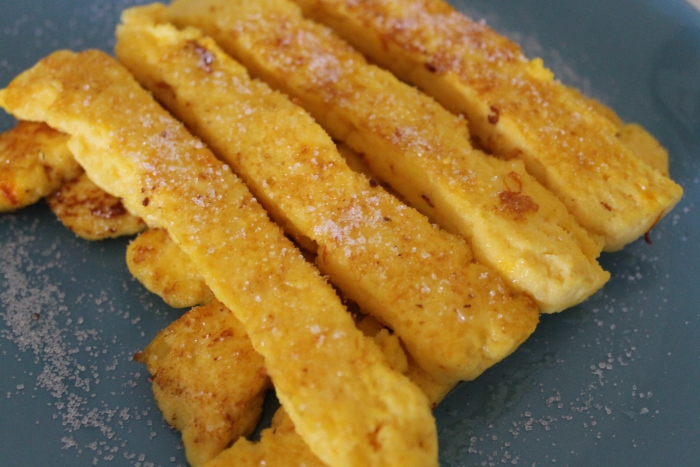
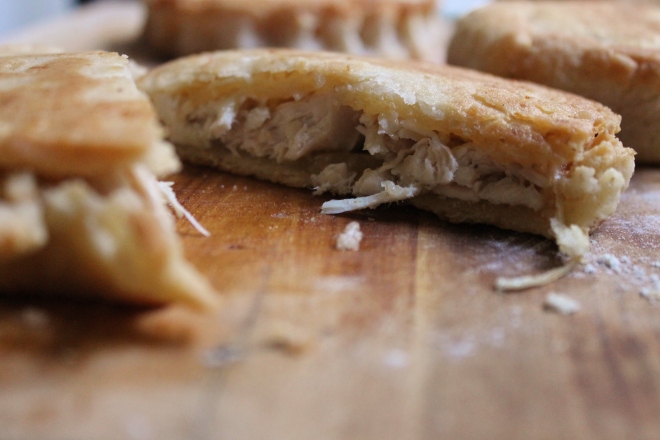
![A page from Ulrich von Richental's 15th century The Chronicle of the Council of Constance. Note the oven on wheels, that's real fast food! See page for author [Public domain], via Wikimedia Commons](https://turnspitandtable.files.wordpress.com/2015/06/konstanzer_richental_chronik_pastetenbaecker.jpeg?w=660&resize=660%2C892)
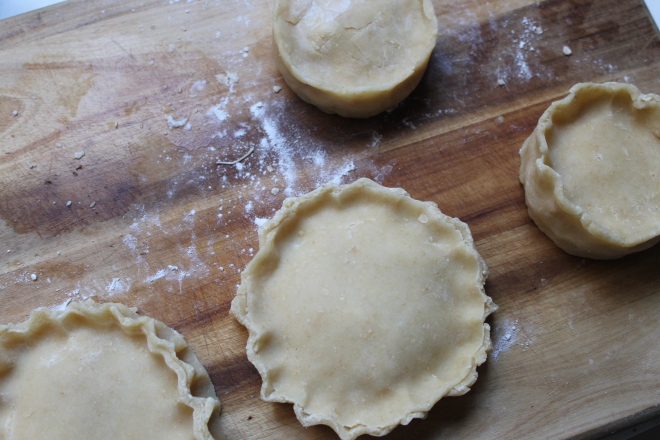
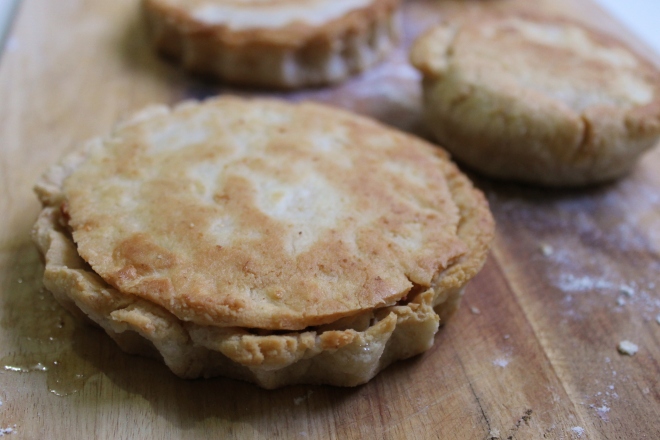
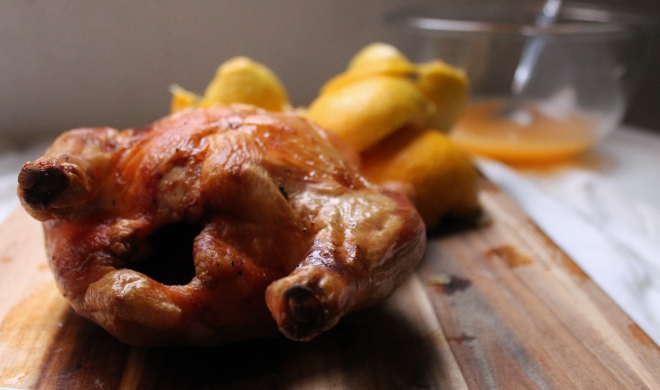
![By Franz Eugen Köhler, Köhler's Medizinal-Pflanzen (List of Koehler Images) [Public domain], via Wikimedia Commons](https://turnspitandtable.files.wordpress.com/2015/05/citrus_aurantium_-_kc3b6hlere28093s_medizinal-pflanzen-042.jpg?resize=473%2C577)
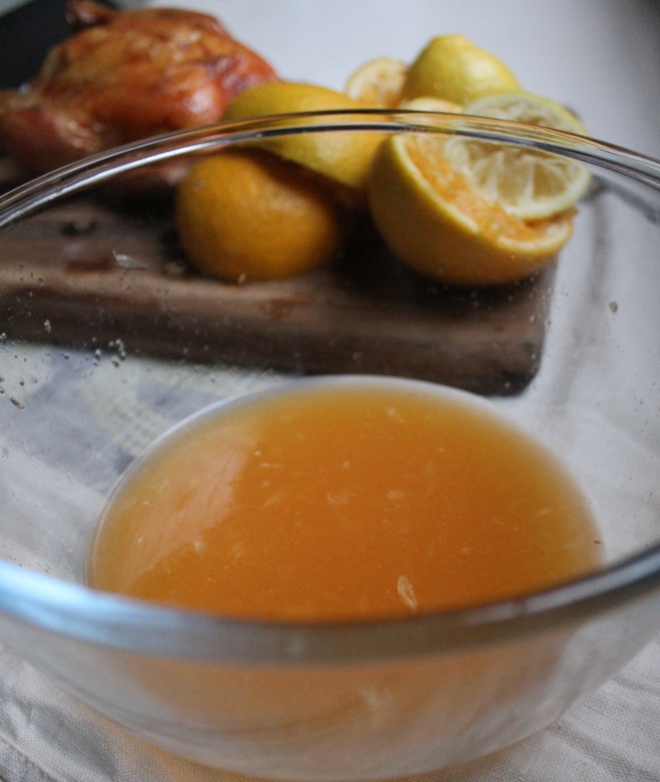
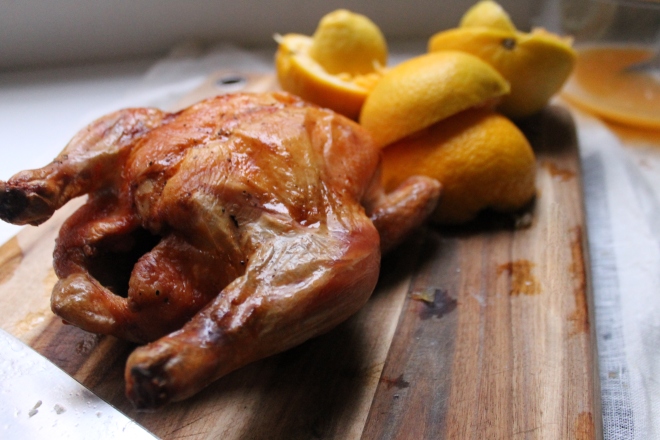
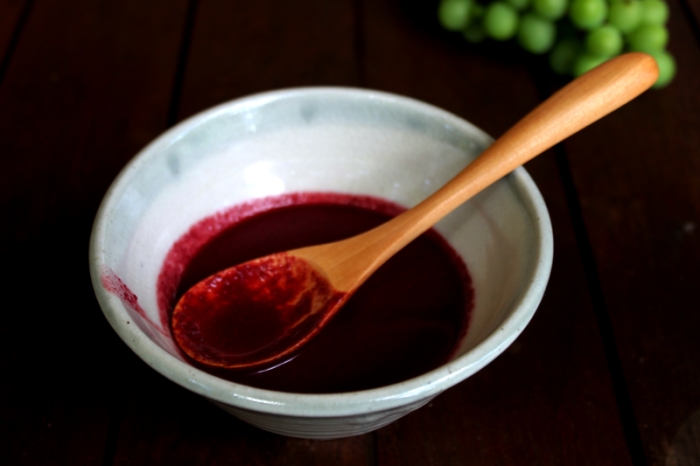


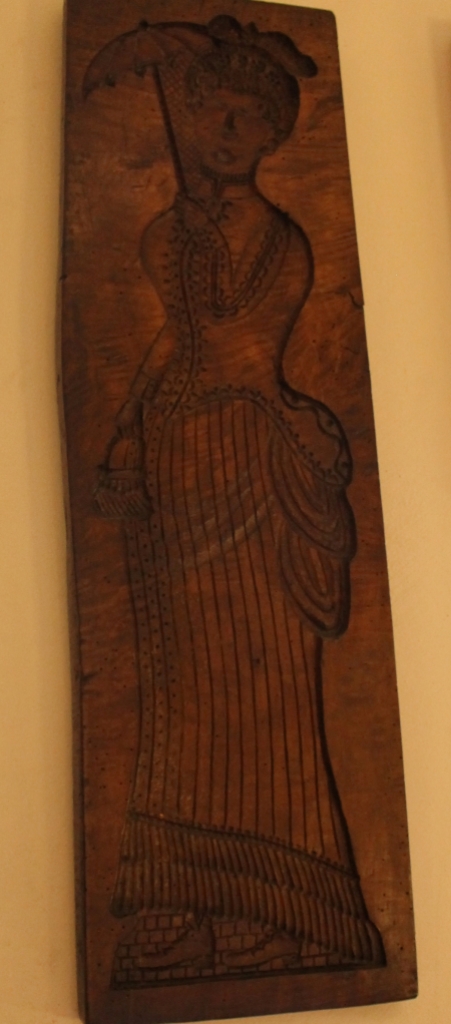
![George Flegel, Still Life with Bread and Confectionary, 17th century, [Public Domain] via Wikimedia Commons. Here you can see comifts, spices which have been covered in layer after layer of sugar, wine and a moulded biscuit, perfect for rounding off the meal.](https://turnspitandtable.files.wordpress.com/2014/11/george_flegel_still-life_with_bread_and_confectionary.jpg?resize=700%2C892)

